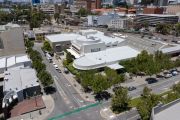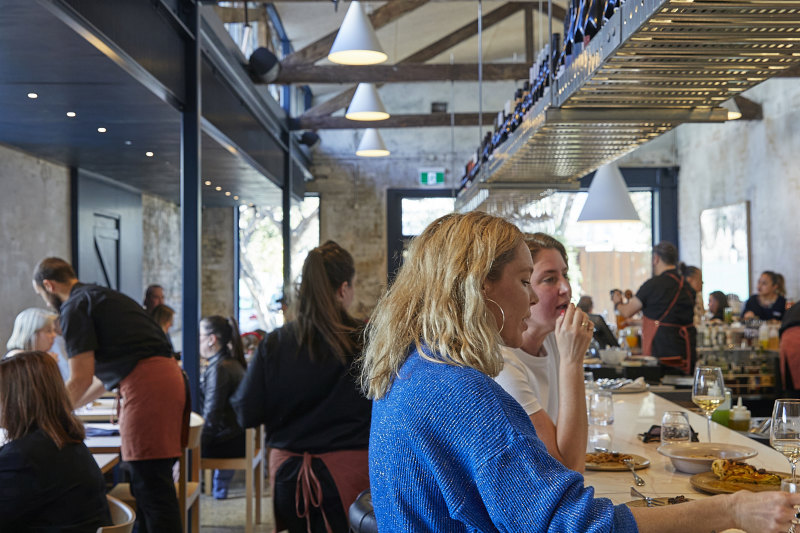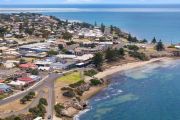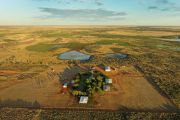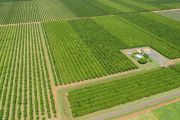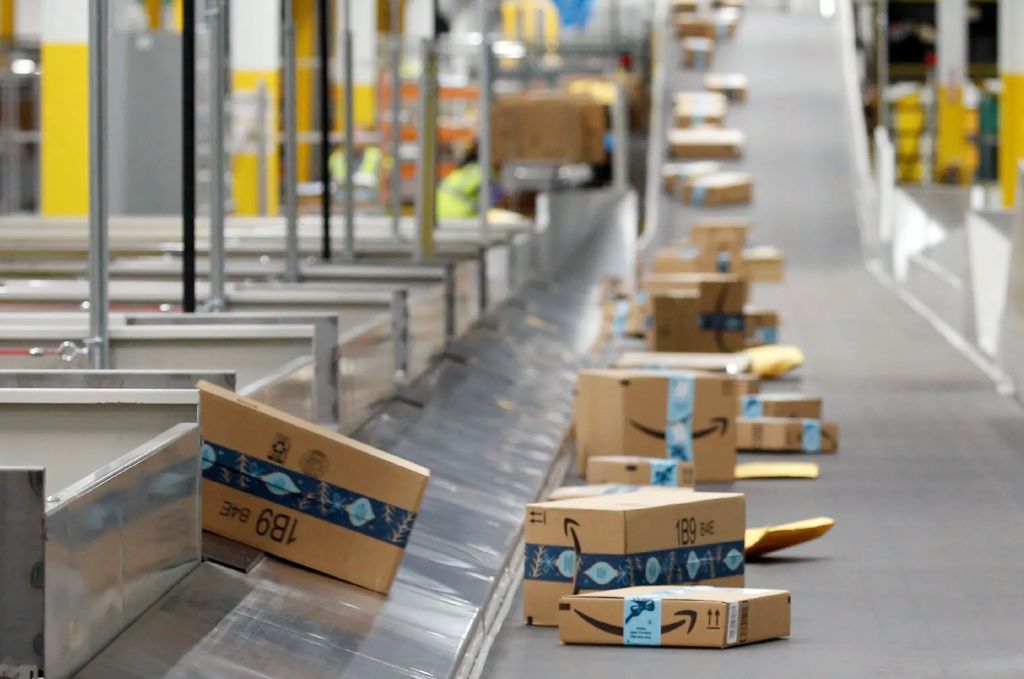
‘Golden run' at risk: Reality bites after Amazon's warehouse admission
Industrial property’s decade-long golden run is on the cusp of losing steam, with Amazon’s confession it has “too much warehouse space” and the cost of debt rising.
However, few Australian sheds are empty, leasing demand is strong and rents are still going up, leaving local industrial analysts relatively sanguine.
A decade of strong ecommerce demand has pushed industrial capitalisation rates down, rents up, and capital values ever higher, boutique fund manager Quay Global told investors in a note.
Between 2011 and 2021, the share price of Prologis – the world’s largest industrial REIT – increased six-fold, about a 500 per cent return before dividends, the fund manager – a subsidiary of Bennelong Funds Management – said.
Amazon’s admission in April that it has too many sheds after doubling its warehouse space during the pandemic has prompted a hard new reality, hand wringing and sharp reaction from investors.
Shares in industrial gorilla Goodman Group, where Amazon accounts for 11 per cent of the rent roll, are down 25 per cent since Amazon CFO Brian Olsavsky said: “We have too much space right now versus our demand patterns.”
Oxford Economics’ principal property economist Lee Walker anticipates a prolonged period of higher long-term interest rates will push up industrial property yields, an indicator of falling demand and rising risk.
“It looks like industrial property’s golden run will lose steam. Investors need to be aware that there is a risk that yield softening is not too far off,” Walker said.
“Overall, industrial properties are unlikely to perform as strongly over the medium term as they have done in recent years.”
Recent stellar growth in the industrial sector is the result of surging retail inventories, COVID demand, and businesses using space to shore up supply chains in the face of transport chaos.
Average capital values of prime Sydney and Melbourne industrial properties rose 26 per cent and 32 per cent over the last two years as a flood of investor money poured into the sector, Oxford said.
And average prime yields also tightened dramatically to 3.6 per cent and 3.9 per cent respectively in Sydney’s outer west and Melbourne’s south east, the group said.
But with bond rates blowing out – Oxford expects long-term rates to stay above 3 per cent for the next two years – there is clearly a shift in sentiment that may be “already unsettling some investors,” Walker said.
“For real estate investors,” says Quay Global, “the question is whether Amazon is the only user with excess warehouse needs, or is Amazon the only retailer that is honest about the current environment?”
“There is no doubt there remains a compelling secular long-term demand story for industrial property that extends beyond ecommerce. But despite the secular demand, low barriers to entry mean industrial property is still a cyclical asset class. And more than any other investment, for cyclicals, price matters,” the fund manager maintains.
Investment bank JPMorgan says Amazon will grow into its excess space within a year.
“We don’t see it as a major issue for the existing occupier market, but it may reduce development demand,” analysts, Richard Jones, Annabelle Atkins and Solomon Zhang, told clients in a note.
Macquarie Bank said briefings with its industrial contacts show development margins are holding up, underpinned by strong rental growth. Vacancy in Australian markets is around 1 per cent, in the US around 3.5 per cent and below that figure in the UK and Europe.
“Strong direct market fundamentals are underpinning elevated cashflow growth and asset valuations, despite bond yield increases,” it said in a note to clients.
The key risks to the sector are a slowing economy and reduced demand for goods and leases. “However, at present conditions remain buoyant,” it said.
The Business Briefing newsletter delivers major stories, exclusive coverage and expert opinion. Sign up to get it every weekday morning.

